Made for the Shade
The first thing most of us want when we start planting our landscape is shade as quickly as possible. Then, we don’t know how to deal with it once we do get it. Turfgrass, shrubs, groundcovers and flowers that used to thrive in our sunny gardens are suddenly struggling just to survive.
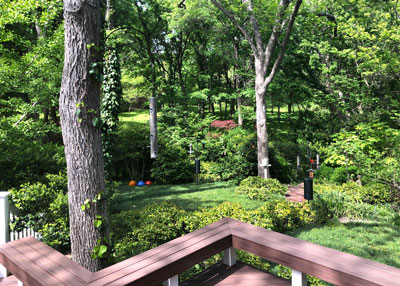
I’ve lived through this same challenge. I can tell you that shade isn’t necessarily a bad thing. If you mix in creativity, planning and a bit of gardener’s patience, success can come out of the darkness. Let’s take a look.
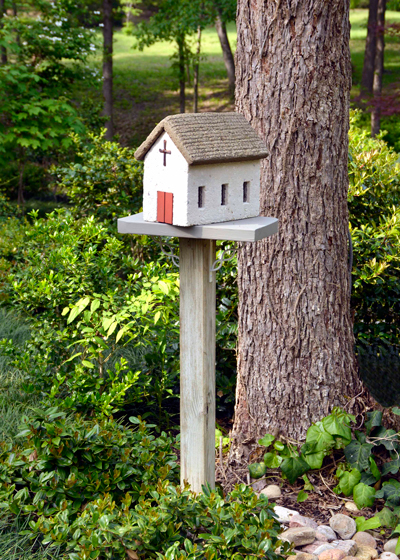
Best Groundcovers for Shade
If you want something with the texture and look of a lawngrass, mondograss, also called “monkeygrass” is perhaps the best. The standard type that grows to a height of 7 or 8 inches covers most quickly, and it holds the soil firmly against erosion. It can be planted at any time. And, once you have a bed established somewhere in your yard, you can use it as a source of more plants as your landscape develops more need for turfgrass replacements. You become your own supplier.
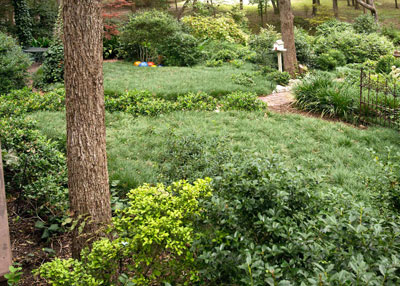
Dwarf mondograss works well for small spaces, but it’s too slow, too formal and too expensive for most of our budgets. The various types of liriope are excellent choices if you need something taller and of a coarse texture.
Two of our best full-sun groundcovers also do well in the shade. Purple wintercreeper euonymus and Asian jasmine are excellent choices. However, the thing that puts mondograss ahead of them is the fact that you can easily blow leaves out of it. With wintercreeper and Asian jasmine, fallen leaves will get hung up in the vines’ runners.
Best Shrubs for the Shade
Hollies are the benchmark. They do well in sun or shade.
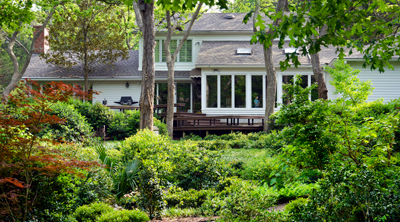
Best of the bunch for all types of soils (smallest to tallest): dwarf yaupon, Carissa, dwarf Chinese, dwarf Burford, Willowleaf (Needlepoint), Mary Nell, Oakland, Oakleaf, Nellie R. Stevens, yaupon and Warren’s Red possumhaw hollies. In East Texas’ acidic soils you can add to the list the tall types such as Savannah, East Palatka and native American hollies.

Oakleaf hydrangeas grow to 6 feet tall and 7 feet wide, and they cover themselves with huge, creamy white flower heads in late April and May. Viburnums do well in the shade, and leatherleaf mahonias are stunning. Fatsia and aucubas are very good, and I’ve even been really pleased with nandinas in shade. They may not develop as much of their mid-winter color as they would in the sun, but they bring lovely fine textures.
Annuals and Perennials for Shade
I tend to use texture more than color for landscaping accents in our shaded pecan forest. That’s where plants like elephant ears and wood ferns come in, but there are also some nice flowering perennials for shaded gardens. The list includes violets, oxalis, ‘Texas Gold’ columbines, summer phlox and fall bulbs such as spider lilies, Lycoris squamigera, oxblood lilies and fall crocus.
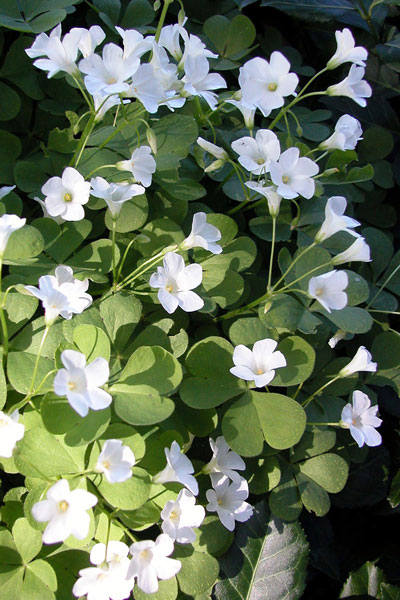
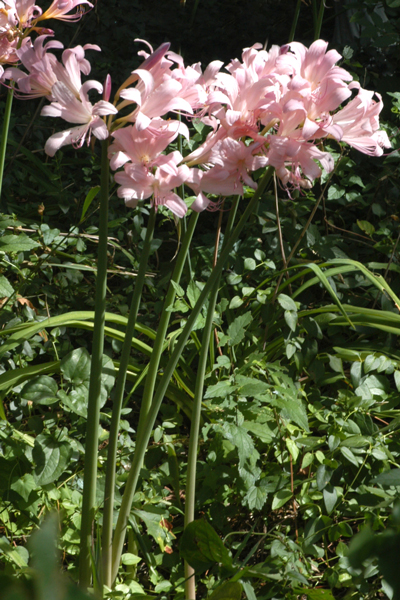
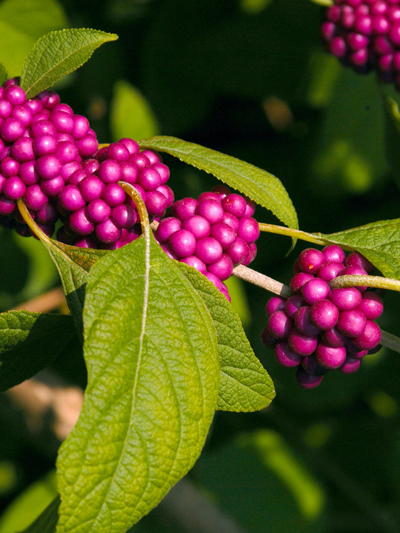
Get foliar color from annuals such as coleus and caladiums, and flower color from impatiens, begonias and flowering tobacco. Use tropical plants in containers for unusual color. The list includes crotons, sansevierias, variegated bougainvillea, peperomias, bromeliads and variegated peace lilies.
